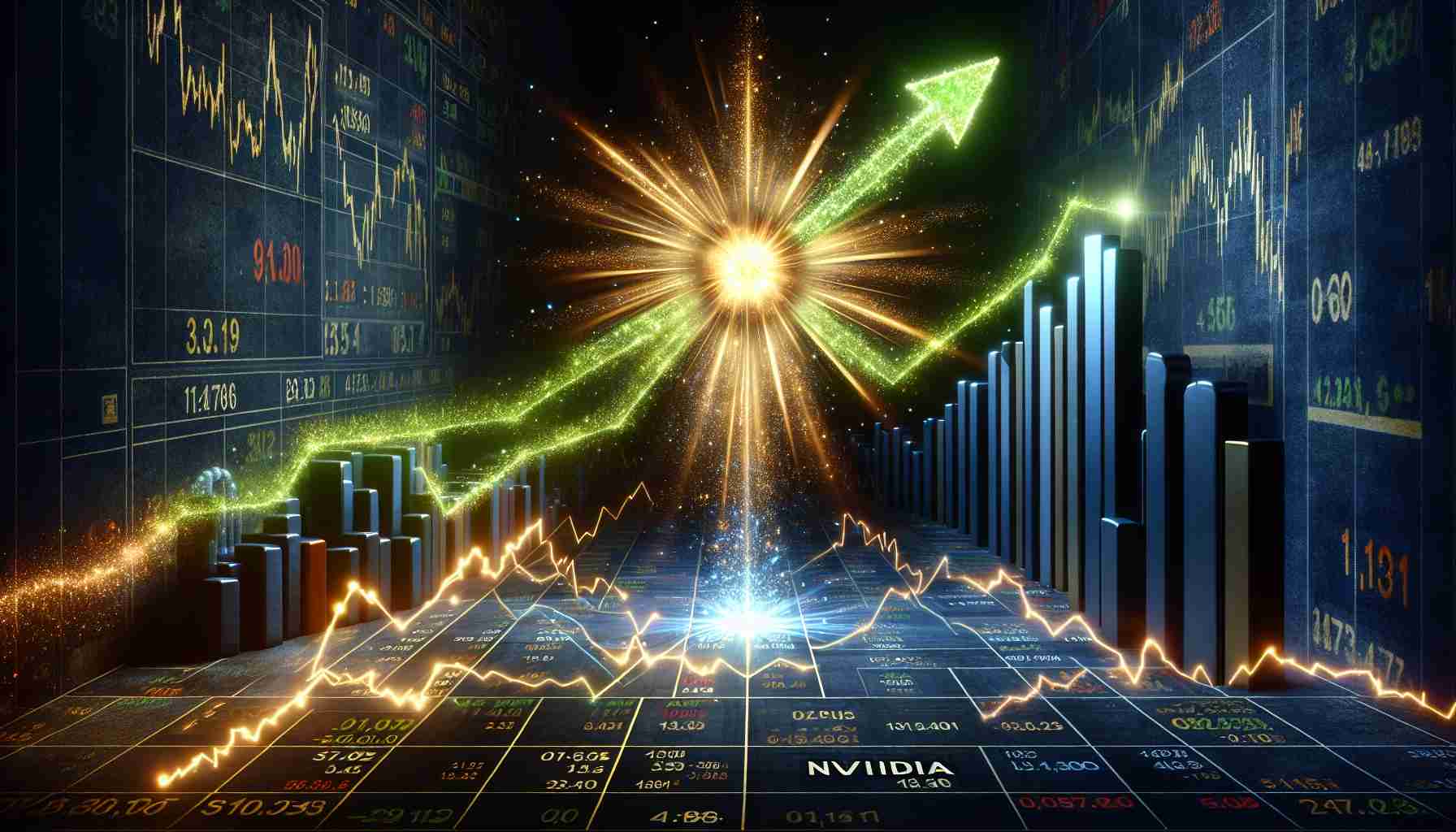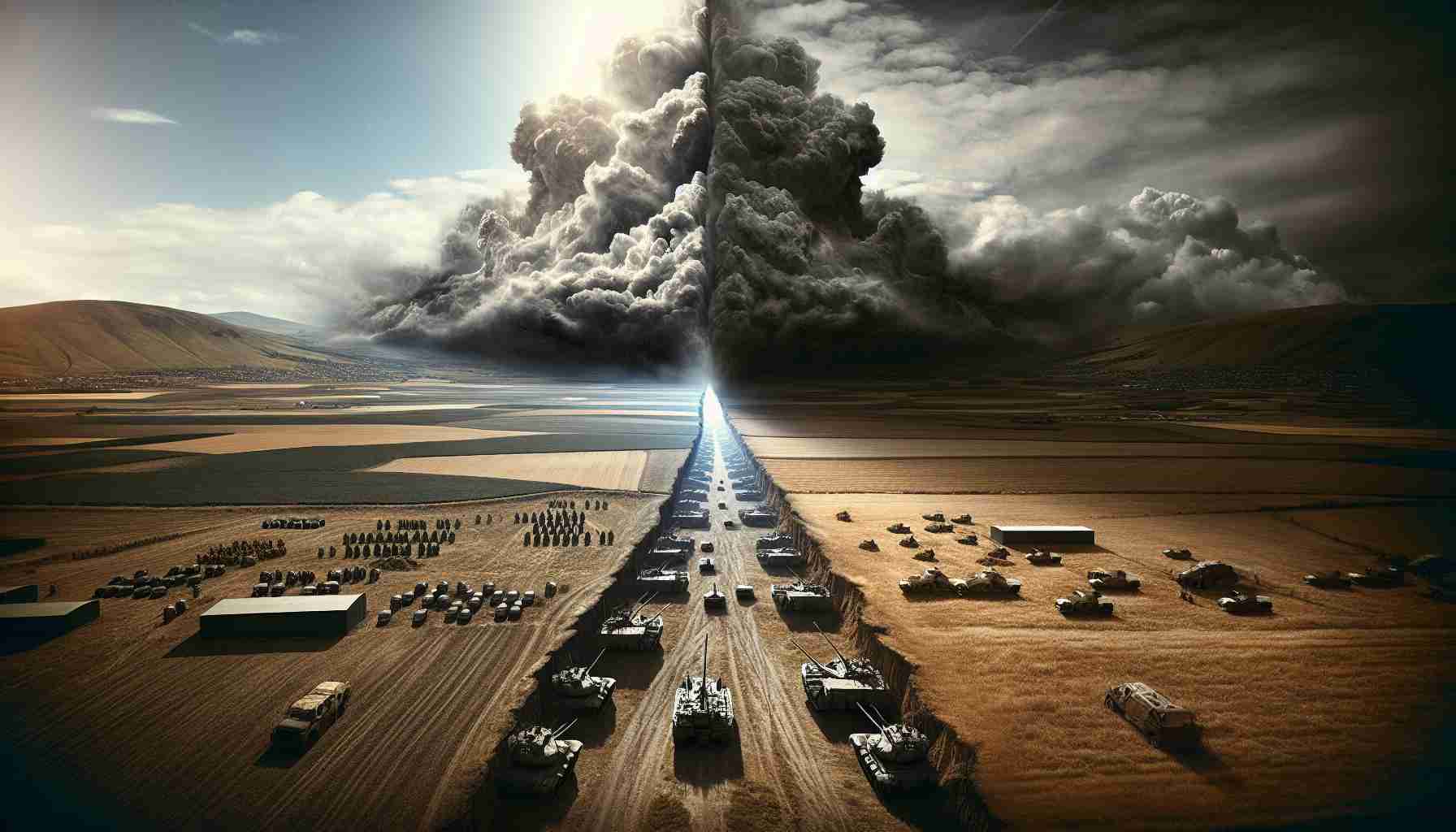Tracing the Origins of Existence
In the quest to understand our universe, one question stands out: how did it all start? The most widely accepted explanation proposes that the universe originated from a monumental event known as the Big Bang, occurring nearly 14 billion years ago. This cataclysmic explosion sent space racing outward in an instantaneous expansion, comparable to a minuscule entity swelling to the size of our galaxy.
Initial observations were grounded in remarkable evidence gathered by Edwin Hubble in 1929, when he found that galaxies were receding from one another, indicating that the universe is in a state of expansion. The concept was initially met with skepticism, an attitude highlighted by scientist Fred Hoyle, who coined the term “Big Bang” during a cynical radio interview.
The narrative took a pivotal turn in 1964 when Arno Penzias and Robert Wilson stumbled upon cosmic microwave background radiation, the remnant glow of the universe’s infancy. Their findings opened a window into the conditions shortly following the explosion, earning them a Nobel Prize in Physics.
Later on, particle accelerators like the Large Hadron Collider revealed more about the universe’s early state, suggesting that the four fundamental forces of nature once existed as a single entity. As the universe continued to expand and cool, the forces separated, leading to the physical laws we experience today.
This ongoing exploration not only deepens our knowledge of the cosmos but also pushes the boundaries of our understanding of reality itself, teasing the mystery of what preceded the Big Bang.
The Unseen Effects of the Big Bang Theory: What It Means for Humanity
The Ripple Effect of Cosmic Origins
Understanding the Big Bang theory is not just an academic pursuit; it significantly impacts how we see our place in the universe, influencing culture, technology, and even international relations. By examining the implications of this theory on our daily lives, communities, and countries, we can uncover fascinating facts and discussions that shape contemporary thought.
1. Changing Philosophical Perspectives
The Big Bang theory challenges traditional philosophical and theological notions of existence. As we learn more about the universe’s origin, many individuals and communities grapple with existential questions. Does this mean the universe has no inherent purpose? Conversations around spirituality and science often clash as both realms strive to provide satisfactory answers.
2. Technological Advancements
The exploration of the universe’s origins has spurred technological innovations that trickle down to everyday applications. Observations made using advanced telescopes and detectors lead to developments in imaging technologies used in healthcare, including cancer detection and enhanced imaging methods.
3. International Collaboration and Competition
Countries invest heavily in cosmological research, leading to both beneficial collaborations and fierce competition. The Large Hadron Collider serves as a prime example, where multiple nations pooled resources to explore particle physics. This shared scientific endeavor illustrates how global cooperation can thrive in pursuit of knowledge, yet it also raises tensions as nations vie for supremacy in scientific achievements.
Advantages and Disadvantages
Advantages:
– Advancements in Technology: Research related to the Big Bang has resulted in ground-breaking technologies affecting many fields.
– Global Collaboration: Scientists across continents work together, fostering peace and shared goals.
– Philosophical Inquiry: It encourages individuals and societies to explore deeper questions about existence and value.
Disadvantages:
– Intellectual Controversies: The theory has sparked debates which can lead to misunderstandings between science and religion.
– Resource Allocation: Countries may divert funds from pressing terrestrial issues like climate change to support astronomical projects, igniting public debate.
– Public Alienation: Complex concepts can leave parts of the population feeling excluded from scientific discourse.
Questions and Answers
Q: How does the Big Bang theory influence modern science?
A: It serves as a foundational concept for many fields of physics and cosmology, shaping experimental design and theoretical explorations.
Q: Are there any ethical concerns tied to space research?
A: Discussions often arise regarding funding priorities, particularly about whether investments should go to cosmology or more immediate social issues. Moreover, there are questions about the potential militarization of space and its ramifications.
Q: How do cultural interpretations of the Big Bang differ worldwide?
A: Cultural beliefs shape how communities interpret the Big Bang. In some cultures, this scientific explanation may sync with mythological perspectives, while in others, it may coincide with skepticism of science altogether.
As we continue to delve deeper into the universe’s origins, the ramifications of these explorations will likely shape not only our understanding of the cosmos but also the very fabric of humanity itself. The intertwined stories of scientific discovery and societal evolution forge a new path into the unknown.
For more insights on the intersection of science and culture, visit Science Daily.












